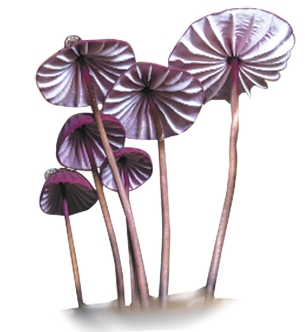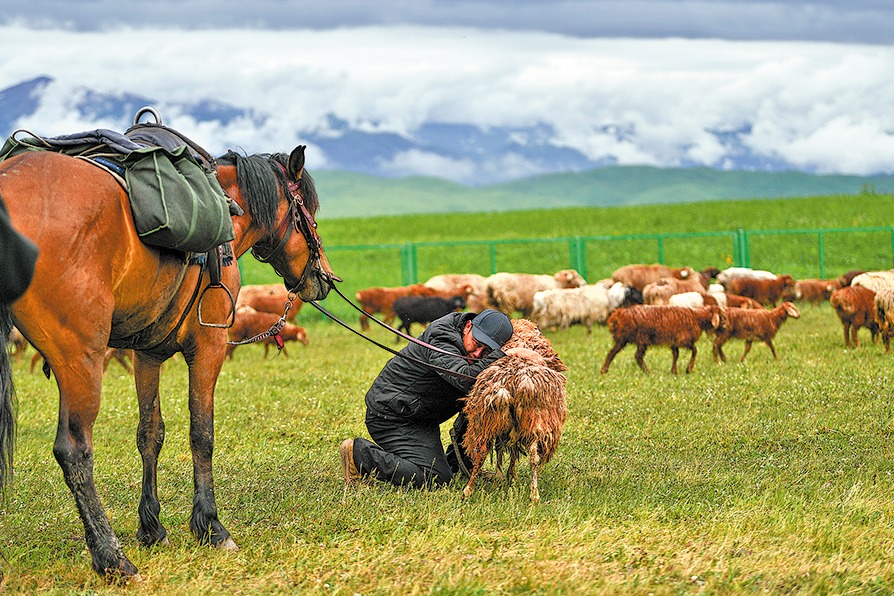Finding Beauty in Slime


The room, just 6 square meters, has an air conditioner, a humidifier and an incubator for her work. There is also a microscope stationed in the room.
Each day she checks on her fungi four to five times to see which are ready to be photographed or filmed as part of a time lapse to record their growth.
"Each time when I have to leave home, I worry most about my fungi," she says.
During the novel coronavirus outbreak, Zhou realized that much of her work can be done at home, so she decided to take up part-time employment to have more time with her fungi.
With more income coming in from her photos and videos, as well as income she earned through her science popularization work about fungus, Zhou says she hopes she can quit her job completely and focus on nothing but fungi.
Zhou admits that taking photo records of her work and the growth of the fungi can be nerve-wracking.
"I'm always nervous each time I photograph or video my specimens, but it makes me feel full of vitality," she says. "I need to continuously explore how to record the fungi, capturing their best state at the right time. Meanwhile, for most of the specimens, I don't always know before recording, for instance, about its exact type, its final shape and how long it will take for the camera work."




































